Egyptian Imports
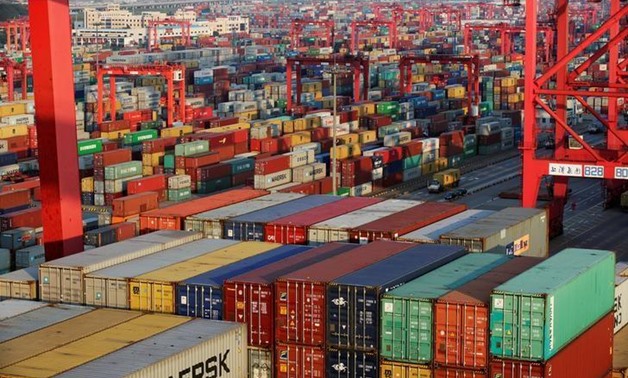
The value of imported goods experienced a decrease of 16.2 percent, totaling $5.94 billion in March 2024, down from $7.09 billion in the same month of the previous year.

The project entails the construction of a sodium cyanide factory in Egypt, primarily focusing on meeting local demand and exporting 80% of the production to markets in the Nile Basin, the Middle East, and Africa

The move comes as Egypt works towards increasing gas availability within the country during the second half of this year, aiming to meet the rising electricity demands

Egypt's current annual exports amount to $53 billion and the PM expressed his desire to increase this figure by 17-18 percent by 2030, to reach almost $145 billion
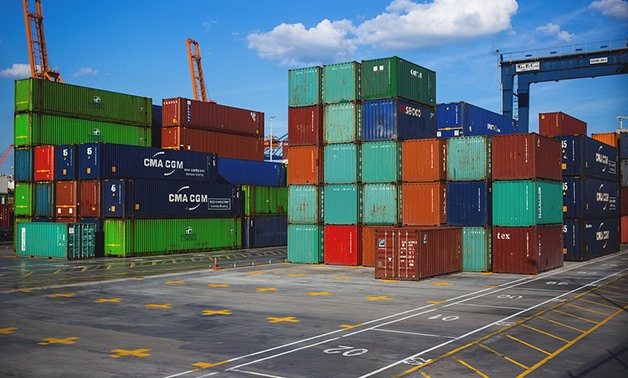
According to the Turkish Exporters' Assembly, Turkish exports to the Egyptian market reached $872 million in the first quarter of this year,
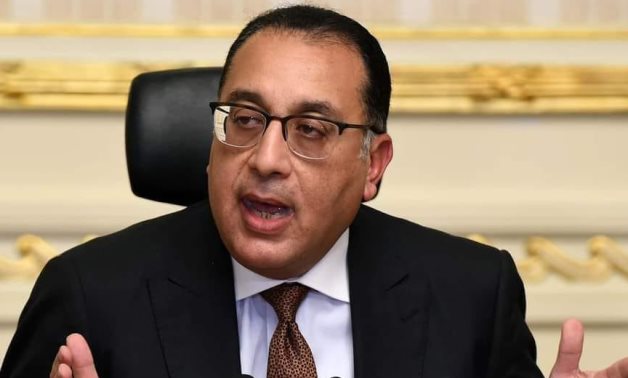
Madbouly inspected the artificial silk and polyester factory in Kafr El Dawar and is currently heading to the Alexandria port to supervise the release of goods from the port.

Notably, the United States emerged as the largest market for Egyptian clothing imports, with a value of $106 million in January 2024, compared to $90 million in January 2023, a growth rate of 18 percent

This represents a 1.3 percent rise compared to the previous year when exports amounted to $438 million

During the first 11 months of 2023, the value of Egyptian exports to Libya increased to record $1.6 billion, compared to $1.1 billion during the same period in 2022, an increase of 48 percent
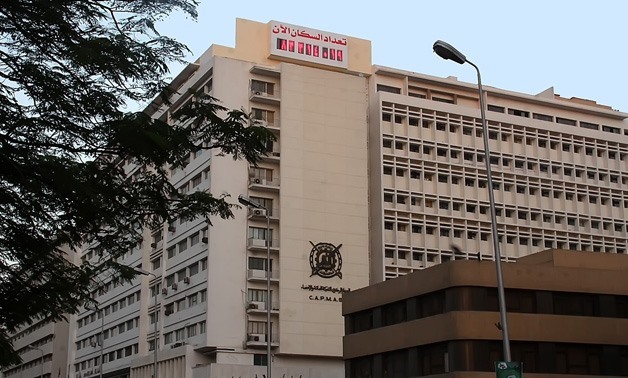
CAPMAS also showed that Egypt’s exports decreased by 20.6 percent reaching $3.21 billion during November 2023 compared to $4.04 billion during the same month of the previous year

During the first 11 months of 2023, Egypt's exports to Russia valued at $469 million, showing a decrease of 13.7 percent, compared to $543 million in 2022

During the first 11 months of 2023, the volume of trade exchange between Egypt and Somalia Surged by 26.5 percent, to record $56.3 million, compared to $44.5 million during the same period in 2022

He emphasized the government's commitment to streamlining the process and facilitating participation. In line with this objective, Maait instructed all customs authorities to extend maximum support and expand the initiative's accessibility

During the meeting, El-Quseir also discussed the status of a variety of agricultural crops, stressing that they are available in the markets in appropriate quantities and prices
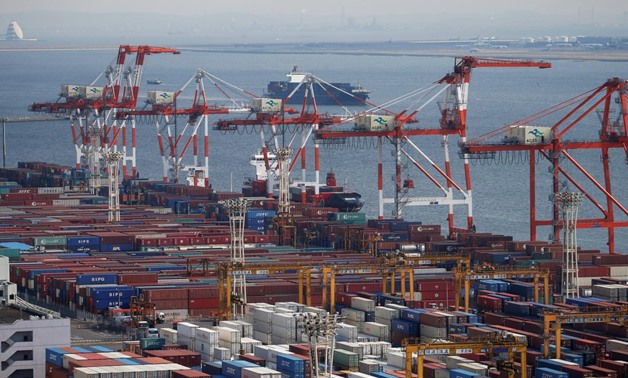
CAPMAS further indicated that Egypt's exports declined by 19.2 percent in October 2023, amounting to $3.23 billion, down from $4 billion in October 2022.

The manufacturing and extractive industries index, excluding crude oil and petroleum products reached 96.70 during October 2023 compared to 100.71 during September 2023

Arab countries came first as importers of Egyptian food products, amounting to 55 percent of the total market amounting to $2.344 billion in trade volume, reflecting a 21 percent increase compared to 2022’s previous data.

Notably, Brazilian exports to Cairo accounted for around $1.89 billion, whereas Egypt's exports to Brazil amounted to roughly $440 million

The distribution of exports is as follows: non-oil exports accounted for $35.5 billion in 2022, experiencing a 9.0 percent increase from $32.6 billion in 2021
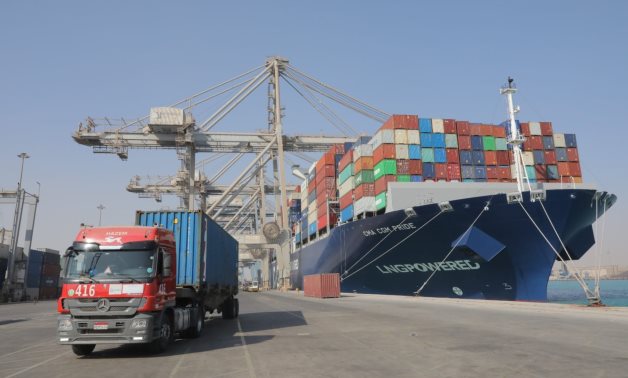
Egypt’s exports to Hungary reached $62.4 million during the first 8 months of 2023, compared to $51.8 million during the same period in 2022